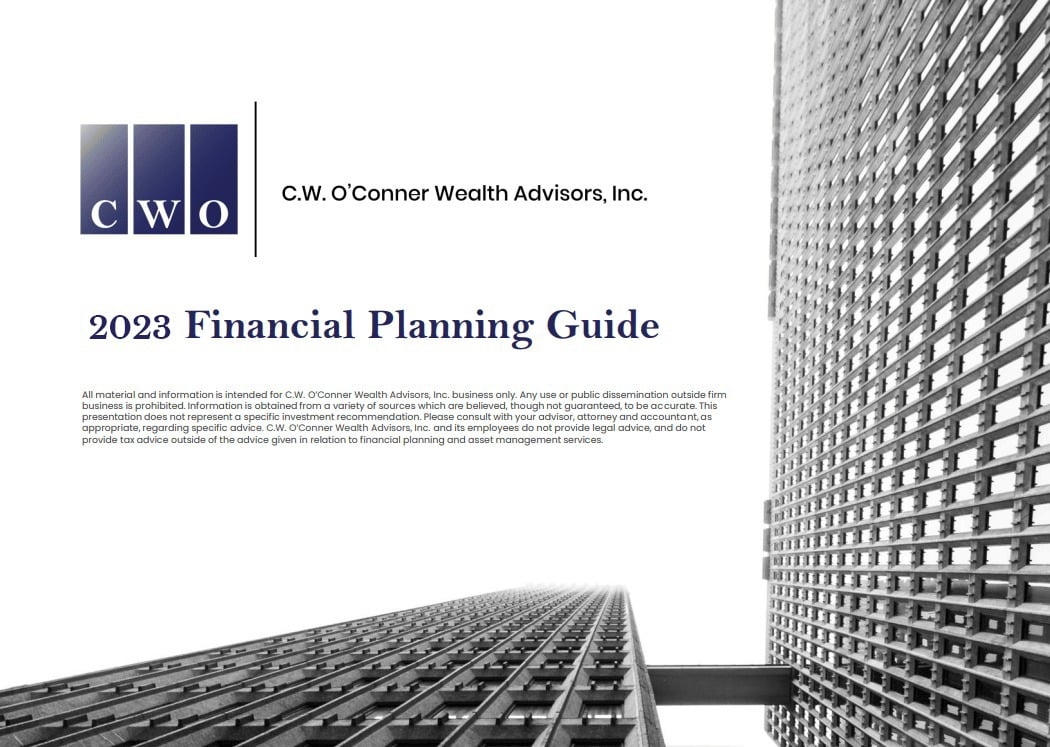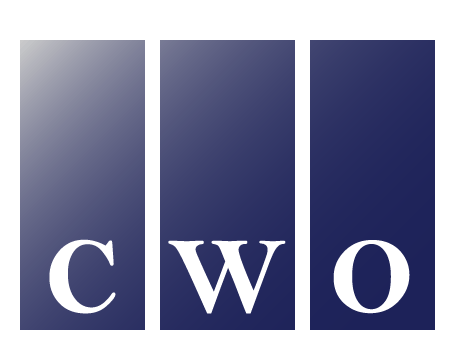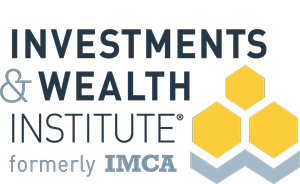
By Cliff O’Conner, Financial Advisor
Question 1: Does my 401(k) contribution amount come from my gross pay or net pay? How will my contribution to my Self-Employed 401(k) affect my take-home pay?
When discussing Self-Employed 401(k) plans with our clients, we are often asked how the contributions to this type of retirement savings plan will affect take-home pay.
Answer: Your contribution amount comes from your gross pay (before any taxes and deductions are taken out).
As far as how it will affect your take-home pay, your net paycheck will be reduced by the contribution amount less your marginal tax rate. For example, if you contribute $100 each paycheck to your Self-Employed 401(k) and your marginal tax rate is 22%, your net payroll check will only be reduced by $78 ($100 – $22 = $78).
Question 2: What’s the maximum amount I can contribute into the self-employment plan using both a 401(k) and my company-sponsored profit-sharing plan for 2024?
Answer: The Self-Employed 401(k) combined with a profit-sharing feature allows someone to contribute up to $73,500 in total for 2024 for those age 50 and older. If you are under the age of 50, the maximum amount is $66,000.
Question 3: If I’m still working and have a balance in a company-sponsored 401(k) account with my current employer, am I required to begin taking a required minimum distribution (RMD) from the employer-sponsored plan when I turn 73?
Answer: No, unless you own more than five percent of the company. RMDs for this employer-sponsored plan don’t begin until you retire. However, this exemption doesn’t apply to your other retirement plans, such as IRAs and other 401(k) plans from prior employers. You are still required to take RMDs from your other retirement accounts at age 73.
Please Note: The Secure Act 2.0 raised the RMD age from 72 to 73 for 2024, and it’s scheduled to raise the age again to 75 by 2033. RMD-affected account holders who reach 72 in 2024 (born in 1951) are not required to take an RMD this year. They must begin taking RMDs when they turn 73 in 2024. Those who turned 72 in 2022 must distribute their 2022 RMD by April 1, 2024. The updated legislation, effective in 2024, does not apply to individuals born in 1950 or earlier, who must continue taking RMDs for 2022 and beyond
Question 4: Can I withdraw a combined RMD amount, which represents the total RMD requirement from all my retirement accounts, from one retirement account?
Answer: Not for every type of retirement account. IRAs can be aggregated value-wise, and the RMD withdrawal can be from one individual IRA. However, 401(k) RMDs cannot be combined and are required to be withdrawn annually from each 401(k) account.
It can be tricky to keep up with IRS regulations and the tax code, both of which constantly evolve. Working with a financial professional can help you ensure that you are maximizing your savings while minimizing your tax burden as you prepare for retirement.
Do you have questions about your Self-Employed 401(k) account, or another retirement savings plan you have? Contact us directly at 770-368-9919 or Cliff at cliff@cwoconner.com or Kevin at kevin@cwoconner.com.
Editor’s Note: This article was originally published in February 2020. It has been update to reflect 2024’s data.
Download our 2023 Financial Planning Guide







